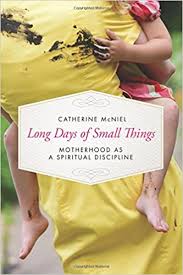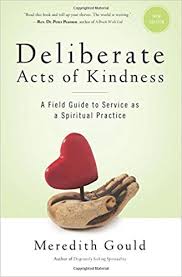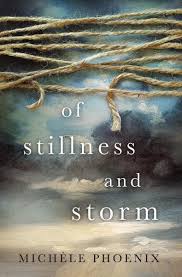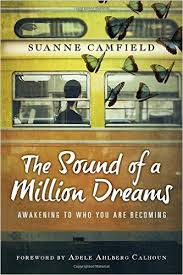My mom was a diet afficionado. It seemed that she tried on for size every fad diet that came during my childhood. The Cottage Cheese Diet. The Grapefruit Diet. A few rounds of Weight Watchers. A leaning tower of Lean Cuisines stashed in the freezer. An always-uneasy relationship with “starch”, or as we like to call it/them today, carbs.
She also disliked cooking. The standard fare at our dinner table was broiled steak, defrosted Green Giant frozen vegetables and an iceberg lettuce salad. Or else takeout Chinese, pizza, or KFC. The combination of her yo-yo dieting and her allergy to the kitchen meant that mealtime was rarely much of a delight. Home Economics classes in middle school taught me how to cook, and as I began practicing my kitchen magic on my fam, I discovered that food was more than something to be feared or endured. I learned it was possible to cook and eat with joy.
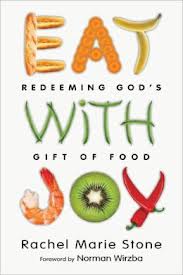 Rachel Stone is a fellow regular contributor to Christianity Today’s Her.meneutics blog (as well as a number of other sites and publications) and it is her contention that we have a dysfunctional relationship with food in our culture. If we who follow Jesus know his transformation, then it should follow that this transformation changes everything right down to the way we eat.
Rachel Stone is a fellow regular contributor to Christianity Today’s Her.meneutics blog (as well as a number of other sites and publications) and it is her contention that we have a dysfunctional relationship with food in our culture. If we who follow Jesus know his transformation, then it should follow that this transformation changes everything right down to the way we eat.
Stone’s book, Eat With Joy: Redeeming God’s Gift of Food, is not another “Bible Diet” book. Those titles have more to do with transforming from the outside in either our figures or our cholesterol levels. Eat With Joy is about reordering our hearts and minds and bellies: “You are God’s beloved, made in God’s image, and you eat.”
It seems so simple, but as Stone notes, we have made it incredibly complicated, haven’t we? Our disordered eating – which includes, among other things self-denial, gluttony, selfishness, isolation and myriad non-mindful approaches to what we’re shoving into our mouths – turns food into anything but what it is meant to be in our lives:
Cooking and eating with joyful attentiveness can elevate food from mere fuel – which it never really is, anyway – to a celebration of creation and what it means to be human.
Despite all that dietary asceticism in its various forms may preach, taste buds and the distinct categories of taste (salty, sweet, sour, bitter and unami, or savory) to say nothing of the wonders of texture and temperature, convice me that eating is about so much more than survival. To paraphrase Remy, the rat-who-would-be-chef in the animated film Ratatouille: “Humans don’t just survive – they live!”
Chapters on how generosity and eating relate, community and mealtime, the restorative power of sharing meals, stewardship in terms of food, creativity and redemptive eating flow out of her well-reasoned contention that “joyful eating recognizes the sacramentality of all meals”. A fully-realized sacramental understanding of food has many facets, and Stone does a thoughtful job lighting those facets for her readers.
Her chapter on creative eating resonated most with me, as I’ve been blessed to live in a place where I can savor flavors from around the world. As I do, I learn something about the culture, and those flavors and ingredients often make their way into my own cooking. On Easter, some of my family members gathered at an Ethiopian restaurant for a meal. As we scooped the bits of colorful vegetables, stewed chicken and lamb, and crunchy salad with the pieces of soft injeera (flatbread) with some of those I cherish, I tasted joy along with the warm, welcoming sunshine flavors of the beautiful food. It was a gift, and I recognized it as such.
Every meal is meant to savored as a gift, just as that special Easter dinner was. Eat With Joy tells us why, and shows us how.


